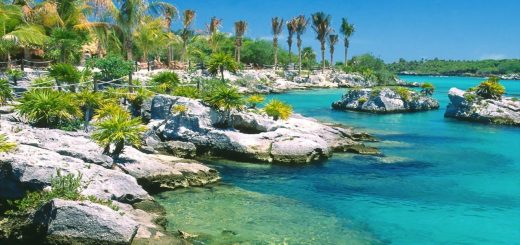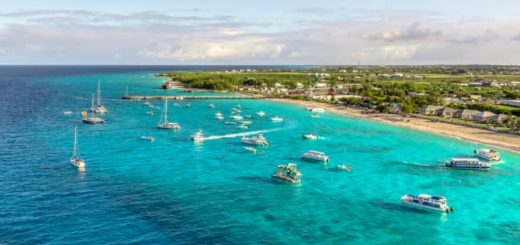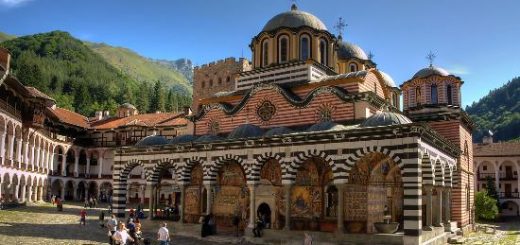Top destinations in Tibet
Tibet is an incredible travel location, so much history and mystery. Samye Monastery was the first monastery built in Tibet, and the place where Tibetan Buddhism was established. Inside the monastery there are numerous frescos, sculptures, and prayer wheels. The monastery is set in a valley surrounded by barren mountains and sand dunes. The scenery around is austerely striking.
Jokhang Temple is a Buddhist temple in Barkhor Square, at the heart of the old town of Lhasa. For most of the Tibetans, this temple is the most sacred and important temple in Tibet. The temple’s architectural style is a mixture of Indian vihara design, Tibetan and Nepalese design. Jokhang Temple is a significant pilgrimage destination for Tibetan Buddhists.Although Jokhang Temple is currently maintained by the Gelug school, but they accept worshipers from all sects of Buddhism. There are many important statues and artefacts to see inside the temple. A life-sized Statue of Shakyamuni, Jowo Rinpoche (or Jowo Shayamuni), is a statue of the Shakyamuni of age 12 and is the most famous attraction in Jokhang Temple. The inside of the temple is composed of many chapels dedicated to different gods and bodhisattvas. Do not forget to climb to the rooftop for a fantastic view of Potala Palace and the surrounding area of Jokhang Temple.
Tibet trekking top places : East Mount Everest Base Camp – Kangshung Face: This is an 8 day trek to the seldom visited Kangshung Face Base Camp which serves as the eastern base camp for Mount Everest. The trail passes over two high passes the; Shao La (4915m) and Langma La (5200m) and passes through the beautiful Gama Valley. The trek passes through an area of rich floral diversity and some of the world’s highest elevation forests before bringing you to the base camp where you have great views of Everest, Lhotse and Makalu (all 8000m peaks). Note that this trek brings you to the same area as the Gama Valley Trek mentioned above but from a different approach. The Kangshung Face is the most dangerous approach to Everest and the least used. The impressive rock wall viewed from base camp has a vertical relief of over 3,350 metres (11,000 ft).
Destroyed by lightning and war, Patala Palace had been rebuilt by the Fifth Dalai Lama in 1645 and since then, it has become the seat of Dalai Lamas and also the political center of Tibet. The 13th Dalai Lama extended Potala Palace to the present size-117 meters in height and 360 meters in width, covering an area of more than 130,000 square meters. Mainly comprised by the White Palace, the administrative building, and the Red Palace, religious building, Potala Palace is famous for its grand buildings, complicated constructions, devotional atmosphere and splendid artworks. The stone-and-wood-structured Potala Palace consists of the White Palace and Red Palace. The White Palace, comprising halls, temples and courtyards, serves as the living quarters of the Dalai Lama. The Red Palace includes various chambers for worshipping Buddha and chambers housing the eight stupa that contain the remains of fifth through thirteenth Dalai Lama. All the stupas are covered with gold foil. The most magnificent stupa belongs to the fifth Dalai Lama. It is 14.85 meters tall and inlaid with pearl and jade. The palace also collected a large number of sculptures, murals, scripture and other valuable cultural relics. There are also many other constructions in Potala Palace which include: the school of Buddhist Logic, the Seminary, the printing house, gardens, courtyards and even the Jail. For more than 300 years, Potala Palace has treasured many culture relics such as murals, stupas, statues, tangkas, and rare sutras. Potala Palace is indeed a must see in Lhasa.
All our Tibet tours and travels will take you through ancient monasteries, nomadic lands and the stunning landscapes of the Tibetan plateau. This makes for an unparalleled experience of Tibet’s unique environment and its rich traditions! Being a local tour operator, I am personally pleased to practice the knowledge of Responsible Tourism. We are dedicated to relying upon native people and using local services to encourage the local economic development. See more info on Tibet Tour.








